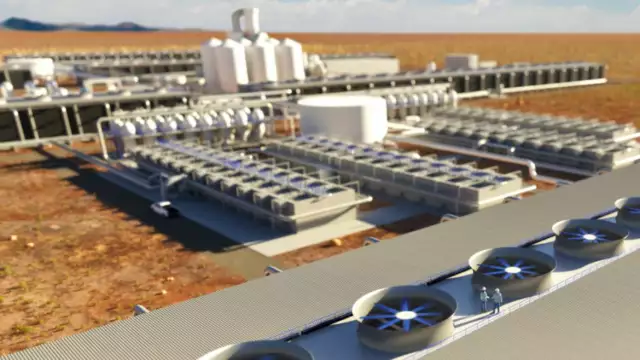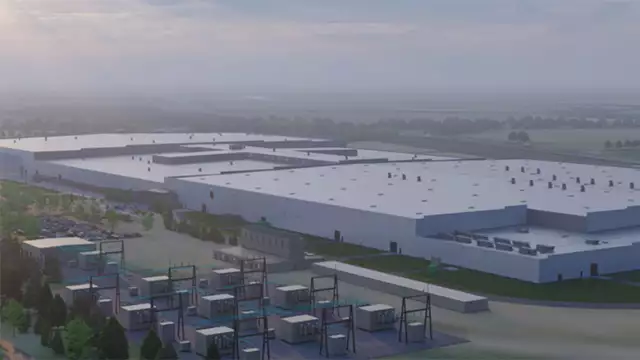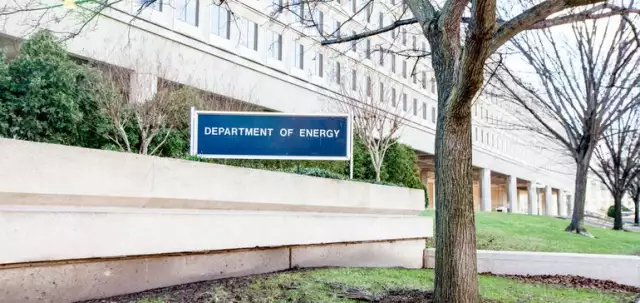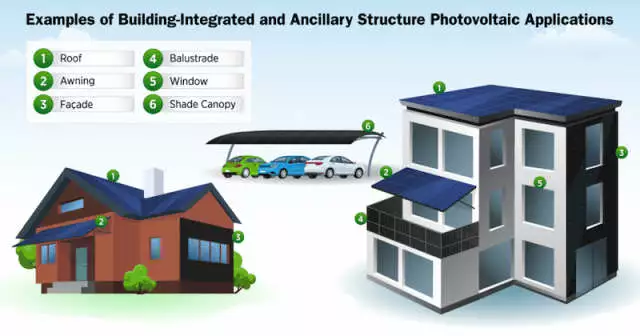DOE Advances $3.5BB for Atmospheric CO2 Removal Projects
DOE Advances $3.5BB for Atmospheric CO2 Removal Projects
May 20, 2022 James Leggate KEYWORDS CO2 / Department of Energy / direct air capture Order Reprints No Comments
The U.S. Dept. of Energy is preparing to allot $3.5 billion in infrastructure investment funds toward building facilities that would remove carbon dioxide directly from the air.
Department officials released a notice of intent May 19 voicing their plans to make the funding from the new federal spending law available over five years to create four regional Direct Air Capture hubs, each made up of a network of projects.
The direct removal processes capture CO2 from ambient air, allowing it to either be used for fuel or food production, for example, or sequestered in storage. According to the notice, each hub would have the capacity to capture and sequester or use at least 1.1 million tons of CO2 from the atmosphere annually, and have potential to be developed into a larger network.
DOE says it will consider projects that store captured carbon dioxide via durable conversion pathways or in dedicated geologic storage. However, projects aimed at using or storing CO2 in hydrocarbons processing will not be considered for funding.
Criteria that hub funding applicants must consider include carbon intensity of local industry, geographic diversity, regional carbon potential, scalability and likelihood of creating long-term employment. DOE also wants at least two regional hubs to be located in economically distressed areas that produce coal, oil or natural gas. Officials did not say when they would begin accepting applications for funding.
The projects would support the Biden administration goals of cutting greenhouse gasses by 50% compared to 2005 levels by 2030 and achieving a net-zero emissions economy by 2050 while also incorporating environmental justice, equity and workforce development, DOE says.
“President Biden’s bipartisan infrastructure law is funding new technologies that will not only make our carbon-free future a reality but will help position the U.S. as a net-zero leader while creating good-paying jobs for a transitioning clean energy workforce,” Energy Secretary Jennifer Granholm said in a statement.
Efficiency Questions Remain
However, there are questions about the developing direct air capture sector’s actual environmental impact.
Environmental advocacy group Food & Water Watch says removing carbon from the atmosphere at a large scale using the DAC approach would take a tremendous amount of electricity, also pointing to research that indicates US carbon-capture efforts have actually put more CO2 into the atmosphere than they have removed. The group was one of more than 100 that signed a letter to lawmakers in February asking them to not put infrastructure law money toward carbon capture technologies, or other developments they said would be “co-opted” by fossil fuel companies.
“Rather than addressing the climate crisis, they will instead result in continuing harm to communities on the front lines of the extraction, transportation, refining and combustion of fossil fuels,” the groups wrote.
In her statement, Granholm pointed to a recent UN climate report which included carbon capture as an “essential” part of efforts to limit climate change.
As of November, there were 19 direct air capture plants operating worldwide, according to the International Energy Agency. These are so far small in scale and do require more energy compared to other CO2 capture strategies because a compressor is needed to inject the gas into geological formations for storage, according to the agency. The costs of operating at a larger scale are so far uncertain—the world’s first such plant able to capture 1 million tons of carbon dioxide per year is currently being developed by the firm Carbon Engineering in the Permian Basin.
Carbon Engineering says its process can use a combination of renewable electricity and natural gas, and any CO2 from combustion of natural gas is captured along with carbon dioxide from the air.
DOE intends to help advance both near-term and long-term direct air capture technologies with the funding, according to the notice.
The agency also is planning more detailed guidelines this summer for applicants to receive funds as part of an $8-billion infrastructure spending law program to develop hydrogen hubs as a cleaner burning fuel, some of which may share facilities with carbon management hubs.






